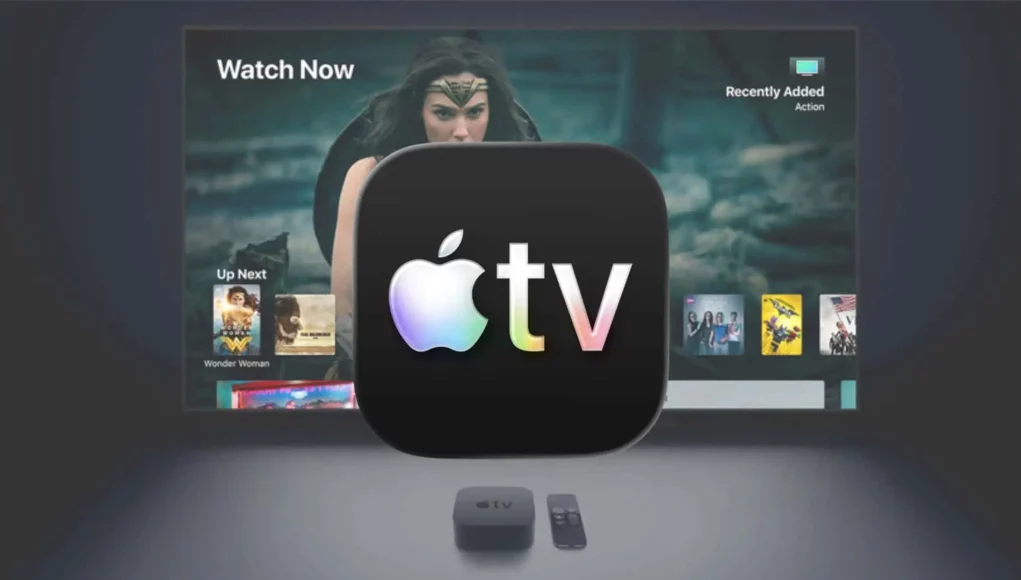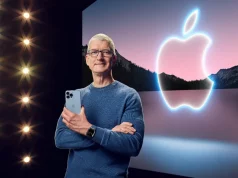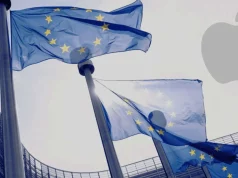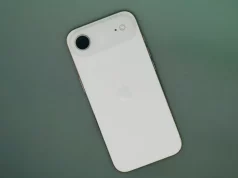I’m usually not a fan of companies rebranding themselves or their products unless there’s a really good reason. And let’s be honest—there almost never is. Inside the company, there are always people convinced the change is necessary, and agencies happy to bill you for making it happen. But most of the time, it’s just a waste of money, time, and brand equity.
In my experience, there are only three reasons compelling enough for a full rebrand:
- Your brand is tied to something negative.
- Your brand confuses people.
- You’ve made a major shift in your product or identity.
Anything else usually comes down to vanity.
Then Apple went and rebranded its streaming service this week—by simply dropping the “+.” People lost their minds. After all, Apple now has three things called “Apple TV”: the hardware, the app, and the service. Normally, that kind of overlap would be a branding nightmare.
But I think it’s actually brilliant.
Earlier this week, I wrote that the move felt intentional, like Apple was sending a subtle message. Then Eddy Cue—who oversees Apple’s services—appeared on The Town podcast. When host Matt Belloni asked him why they dropped the “+”, Cue’s explanation was refreshingly simple:
“We just decided.”
Not one of my three classic reasons. And yet? Kind of perfect.
As it turns out, Apple’s reasoning was smarter—and simpler—than I expected. Sometimes, when everyone already calls your product something, you should just go with it. Cue explained that the “+” made sense initially because Apple used it for other paid services—iCloud+, News+, Fitness+. But over time, almost nobody said “Apple TV Plus.” They just said “Apple TV.”
So Apple stopped fighting the inevitable and embraced what customers were already doing.
In a way, Cue admitted Apple had overthought it the first time. He didn’t call it a mistake, but it’s fair to say the “+” never added anything. It didn’t make the service sound more premium or help subscriptions—it just added confusion. By dropping it, Apple simplified the brand instead of trying to reinvent it.
That’s the real lesson here. Most companies double down on poor branding decisions long after everyone else has moved on. They build committees, hire agencies, and try to justify choices nobody believes in anymore. Apple didn’t. It just fixed it.
If you mess up, fix it. That’s what makes this rebrand refreshing. Apple didn’t change its name because of bad press or a business pivot. It changed it because customers had already decided what to call it—and Apple finally caught up.
Cue also brushed off concerns about confusion. Now, “Apple TV” refers to the hardware, the app, and the streaming service. Most brands would panic about that. Apple didn’t. Because here’s the truth: people already get it. You can watch Apple TV on your Apple TV using the Apple TV app—it sounds absurd, but it makes perfect sense in the real world.
Most rebrands are about changing perception. This one’s different—it’s about aligning with reality. Apple didn’t try to control the conversation; it met people where they already were.
Sometimes the smartest branding move isn’t to overthink it—it’s to stop trying so hard. And when you already own the name everyone’s using, you might as well use it too.










